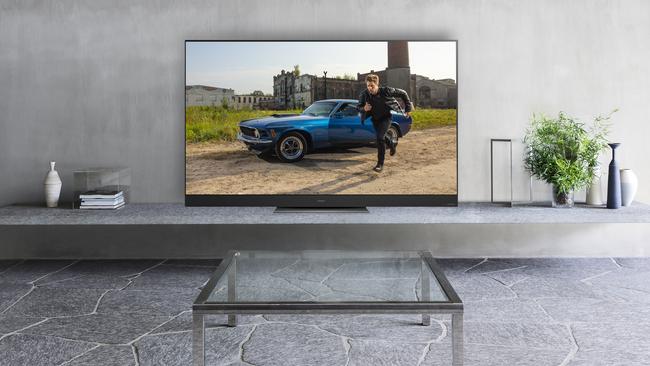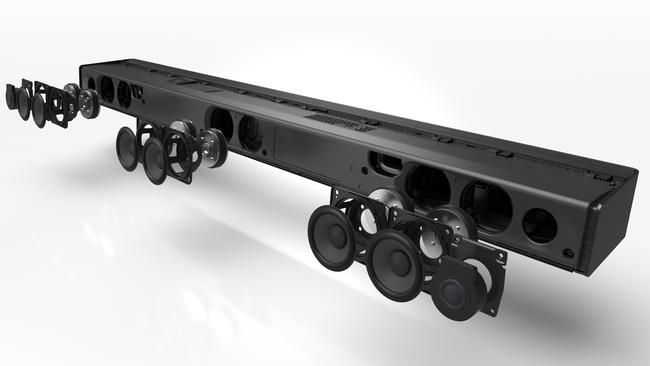Panasonic’s 4K OLED TVs turn up dials on sound, vision quality
Panasonic has launched four 4K OLED TVs in a new range that will hit retail outlets in September.

Panasonic has launched four 4K OLED TVs in a new range hitting retail outlets. At the top of the list is the 65-inch GZ2000 OLED due in September.
This TV adds a range of embellishments to 4K including Dolby Vision, HDR10+ and HLG for improved images, and Dolby Atmos audio. Panasonic says supporting Dolby Vision and HDR10+ format will increase the likelihood you will experience them. The more formats it supports, the better.
These features are timely with even streaming services like Netflix supporting Dolby Vision and an earlier HDR format, HDR10.
Dolby Vision and HDR10+ provide scene-by-scene data that accompanies movies and TV shows. The data instructs the TV to show the correct light settings scene by scene or even frame by frame, which means you should see exactly the colour and detail intended.
You may ask why there are two variants. It’s because Samsung didn’t want to pay Dolby royalties and instead embarked on developing HDR10 and HDR10+ in competition. It’s up to movie houses to decide which format to adopt.
These Panasonic TVs also support a third variant called Hybrid Log Gamma, or HLG, which seeks to deliver the same improvements offered by the HDR solutions, but it targets broadcast TV instead of DVDs and streamed movies. It has been developed by Japan broadcaster NHK and the BBC.
The still image version, HLG Photo, tweaks photos you display on your Panasonic TV originating from compatible cameras.

Dolby Atmos can take sound from single speakers and create the illusion of it coming from all directions. The TVs have upward firing speakers to support this.
The TV processor is the key to all this. Panasonic’s “HCX PRO Intelligent Processor” has to tweak images frame by frame in real time to deliver brightness and colour accuracy.
Panasonic is resisting the trend of Samsung, LG, Hisense and others to bring very large sets to market. It is concentrating on 65-inch sets in three OLED series. One of these series, the GZ1000, also has a 55-inch model. There’s only one 75-inch set in its new range overall, and that’s an LED LCD one.
Panasonic uses its own smart TV menu system. The main menu can be customised with your favourite TV apps. This year’s version adds a Netflix tile, which recognises your login and viewing preferences within the tile.
Pressing the Home button will automatically feature Netflix, Prime video, YouTube and Stan in prominent positions.
Prices start at $8299 for the 65-inch GZ2000 OLED. The 65-inch GZ1500 OLED is $6199, the 65-inch GZ1000 OLED costs $5799, while the 55-inch GZ1000 is $3599.
Panasonic also announced new ranges of premium and standard 4K LED LCD TVs. It announced a new soundbar range to complement the TVs. Again, there’s support for Dolby Atmos and a format called DTS: X, which uses a more standard speaker configuration compared to Dolby Vision.
It has in-built Chromecast audio so you can select music from your phone or laptop and stream them to the soundbar.
The soundbar has 4K and HDR passthrough. You can connect a 4K Blu-ray player to the soundbar, which will pass vision to the TV, without compromising quality.
There are three new soundbars over all. The HTB900 has hands-free control through the Google Assistant. You can use voice commands to operate music playback.
It features six 6.5cm mid-range speakers positioned across the unit and a high-res audio compatible tweeter at each end, overall offering 505W of power.
The HTB900 will set you back $1349. The two other new soundbars are $899 and $549.



To join the conversation, please log in. Don't have an account? Register
Join the conversation, you are commenting as Logout